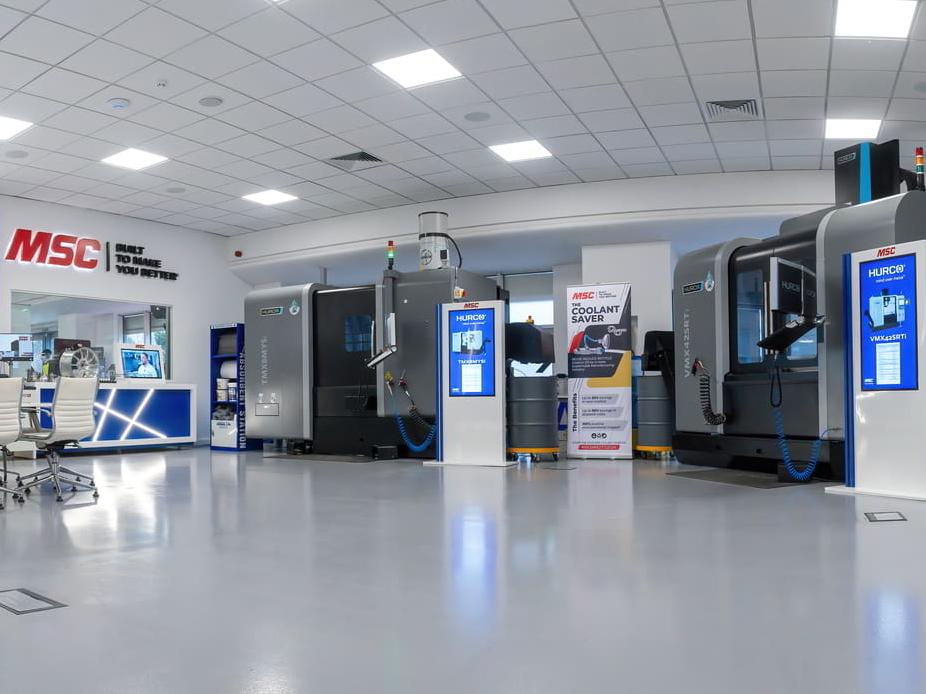Seal of approval
The advantage of programming the mix of material to meet a particular specification on the Objet Connex 350 3D printer enabled seal manufacturer Gti Corporation to quickly create prototype seals.
The advantage of programming the mix of material to meet a particular specification on the Objet Connex 350 3D printer enabled specialist seal manufacturer Gti Corporation to quickly create prototype seals that would closely simulate the performance characteristics of the part once fitted to the vehicle.
For instance, the development team at the Houghton Regis-based company, that designs and manufacturers tooling for rubber sealing systems, is now able to create a level of reality for a prototype that it claims is almost unmatched across the industry.
Indeed, for automotive door and window seals it is now able to easily modify a rubber component to attain a specific shore hardness (pu) value and can set the printer to meet the elongation requirement to achieve the particular break point of a plastic component as well as providing fit, function and appearance.
The Objet Connex 350, supplied by SYS Systems based in Foston, Derbyshire can create a high level of simulated accuracy for a printed 3D model using simultaneously applied materials through a series of jet sprays to achieve a resolution within 16µm. This enables not only the production of a fine surface but also to achieve exacting levels of detail.
For Gti the decision to install the Objet 3D printer was initially due to its large build tray having a capacity of 350mm x 350mm x 200mm which would enable a wide range of parts and assemblies to be created. In addition, due to the simplicity of programming and process reliability a next day service could be provided when needed rather than face leadtime delays that could run into weeks for conventional methods of prototyping.
Prior to the installation of the Objet machine, Gti was well-versed in stereolithography through the use of an existing process. Here, it was able to develop a master which would then be vacuum cast to produce the model. However, this could take anywhere between one to three weeks and was very dependent on the complexity of the design.
Now with the Objet machine, leadtime reduction is also aided by the ability to achieve the desired result first time. As a result the number of iterations in the design loop can be accommodated enabling modifications to be incorporated, thus avoiding the costs associated with retooling.
Also for Gti, 3D printing is able to lower any costs attributed to fit and build trials as well as verification which enables a component to be released for testing much quicker than could be achieved previously.
SYS Systems
www.sys-uk.com












